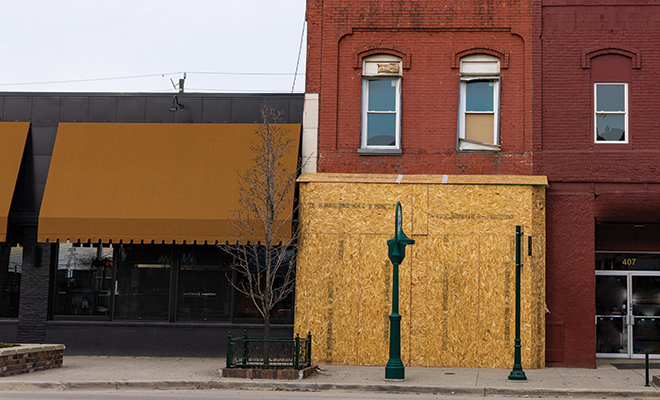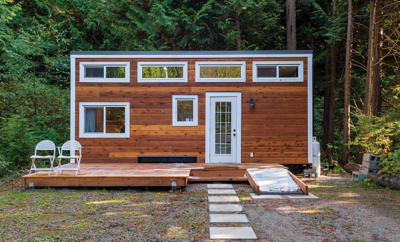
Investing in Opportunity Zones
In almost every city and community in America, there are signs of economic struggles. Neighborhoods that once thrived now appear vacant and forgotten. And it’s not just housing that has deteriorated. Business storefronts are shuttered too.
It’s an uphill battle for sure, but many of those areas are ripe for opportunity in the eyes of at least one beholder: the federal government. Yes, tax dollars are at work trying to revitalize these “broken” areas with a program called Opportunity Zones, an economic development initiative that was begun as part of the federal tax overhaul signed into law by President Trump in 2017.
The Opportunity Zones program provides tax breaks to developers, individuals and companies that funnel capital gains from investments such as stocks and other appreciated assets into qualified Opportunity Funds within 180 days of triggering the gain. The gain can then be deferred up until December 31, 2026.
These funds are supposed to be used to make investments in economically distressed census tracts, designated as zones. Governors across the U.S. chose their zones and the Treasury Department and the Internal Revenue Service certified their selections. So now, there are almost 9,000 census tracts in all the states with close to 35 million residents eligible for the program. Some sources say there was initially around $6 trillion in unrealized capital gains available to boost the program, and that figure is still evolving.
In addition to deferring gains, taxpayers can reduce their gain by ten percent after holding the asset for five years, and by an additional five percent after holding it for seven years. But the biggest benefit comes at the ten-year mark. At that point and beyond, any gain accrued after the original re-investment will be exempt.
So, for example, an entrepreneur who invests $1 million into an opportunity fund in 2019 and sells the asset in 2029 for $2 million would not pay federal income tax on proceeds over $1 million.
It’s easy to see why this opportunity could revolutionize inner cities and slow growth areas. The biggest question for interested parties is, “Where should we be investing and how do we do it?”
Local governments have set up funds and are an excellent place to begin researching how to invest. One need only contact their mayor’s office to learn about the resources available. Most regional governments are eager to identify areas in need of investment and should be able to help, and several have set up community investment boards or advisory boards to guide the funds, should you desire to start one or join one already in existence. Banks are another resource for opportunity fund investing and several have set up their own funds, eager to assist communities and governments with new and revitalized projects.
Opportunity zone investments must be made through a qualified opportunity fund, which can be established as a partnership or corporation, and it is required to invest, directly or indirectly, in an income-producing business located in a qualified opportunity zone.
Sometimes there are gray areas in determining whether a business is eligible. A fund can buy a building with intent to lease it, but unless it holds and operates it, it may not qualify. There are other categories that don’t qualify for indirect investment, including liquor stores, gambling facilities, tanning salons, country clubs, golf clubs, massage businesses and various others. On the other hand, an opportunity zone fund can still start such businesses; it just can’t operate them within the fund. Also, opportunity zones can include either developed or undeveloped land tracts.
Some investors believe they can just buy up a distressed property and put up some new shutters and hold it for a tax benefit. But that’s simply not the case. The property must meet a “substantial improvement test” set up by the Internal Revenue Service. To pass the test, investors must double their adjusted basis, or what they paid initially, in their investment after the initial purchase and during any 30-month period that they hold the property.
If you are considering investing, it would be wise to understand the regulations and be sure that the fund actually owns the qualified property you are investing in. You want to know that the fund receives the benefit under the statute, not the underlying property itself. Experts say that in order to reap the full tax benefit, investors need to invest in the opportunity zone fund for ten years and it’s important to consider their liquidity needs carefully before investing.
What’s the bottom line? If you see an economic long-term benefit to your portfolio through investing in Opportunity Zones, seek guidance, preferably with a financial expert who is knowledgeable in both real estate and taxes. ■
Sources: irs.gov forbes.com and taxfoundation.org.







